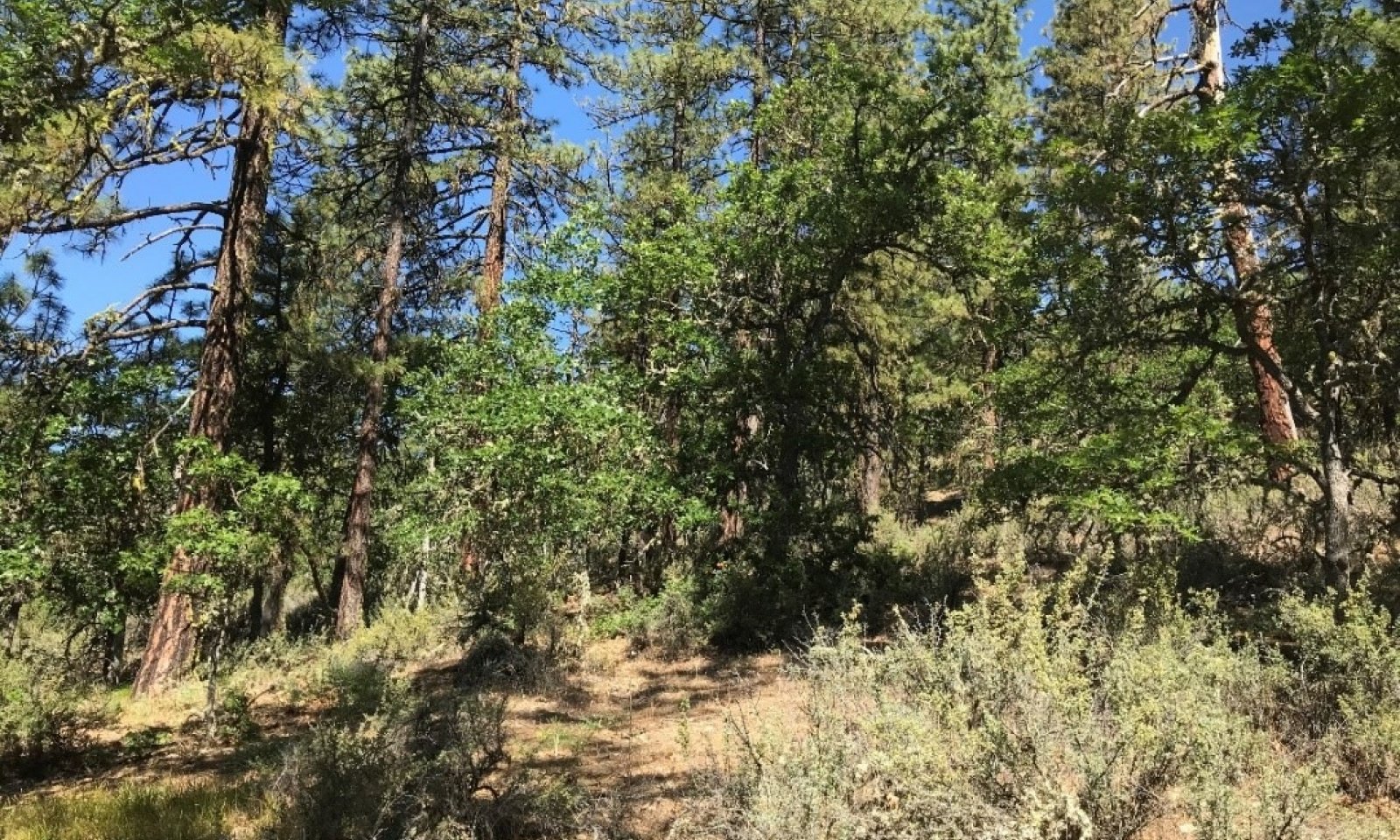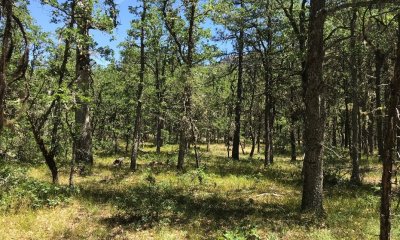
Mesic Xeric Slopes and Plateaus (Oregon White Oak-Ponderosa pine Hot Dry Herb/Shrub)
Scenario model
Current ecosystem state
Select a state
Management practices/drivers
Select a transition or restoration pathway
-
Transition T1A
Fire suppression
More details -
Transition T1B
Land conversion
More details -
Restoration pathway R2A
Selective thinning and prescribed burning
More details -
Restoration pathway R3A
Intensive planting and inter-seeding
More details -
No transition or restoration pathway between the selected states has been described
Target ecosystem state
Select a state
Description
In pre-European times oak stands were open due to frequent low intensity ground fires, many started by native Americans. Conifers like ponderosa pine and Douglas-fir were not a dominant part of the overstory. Native grasses, sedges, and shrubs were abundant in the understory. Large diameter oaks existed due to less competition from other oaks and conifers.
Submodel
Description
Long intervals of fire exclusion have increased stand density in oaks and advanced the encroachment of pine and fir. Much of the area in this condition. Stand replacing or mixed severity fires are the norm with the loss of larger diameter oaks.
Submodel
Description
Throughout the history of settlement these oak stands were near lower elevation areas used by natives and European settlers. Respective to that these oak stands have been altered by cutting, overgrazing, and conversion to other land uses.
Submodel
Mechanism
Fire suppression increased both stand density in oaks and also the abundance of ponderosa pine and Douglas-fir in the overstory. Native understory vegetation decreased with more shade along with oak regeneration.
Mechanism
Selective thinning of white oak and conifer removal followed by prescribed burning. Fuel loads assessed before any prescribed burning.
Model keys
Briefcase
Add ecological sites and Major Land Resource Areas to your briefcase by clicking on the briefcase (![]() ) icon wherever it occurs. Drag and drop items to reorder. Cookies are used to store briefcase items between browsing sessions. Because of this, the number of items that can be added to your briefcase is limited, and briefcase items added on one device and browser cannot be accessed from another device or browser. Users who do not wish to place cookies on their devices should not use the briefcase tool. Briefcase cookies serve no other purpose than described here and are deleted whenever browsing history is cleared.
) icon wherever it occurs. Drag and drop items to reorder. Cookies are used to store briefcase items between browsing sessions. Because of this, the number of items that can be added to your briefcase is limited, and briefcase items added on one device and browser cannot be accessed from another device or browser. Users who do not wish to place cookies on their devices should not use the briefcase tool. Briefcase cookies serve no other purpose than described here and are deleted whenever browsing history is cleared.
Ecological sites
Major Land Resource Areas
The Ecosystem Dynamics Interpretive Tool is an information system framework developed by the USDA-ARS Jornada Experimental Range, USDA Natural Resources Conservation Service, and New Mexico State University.


